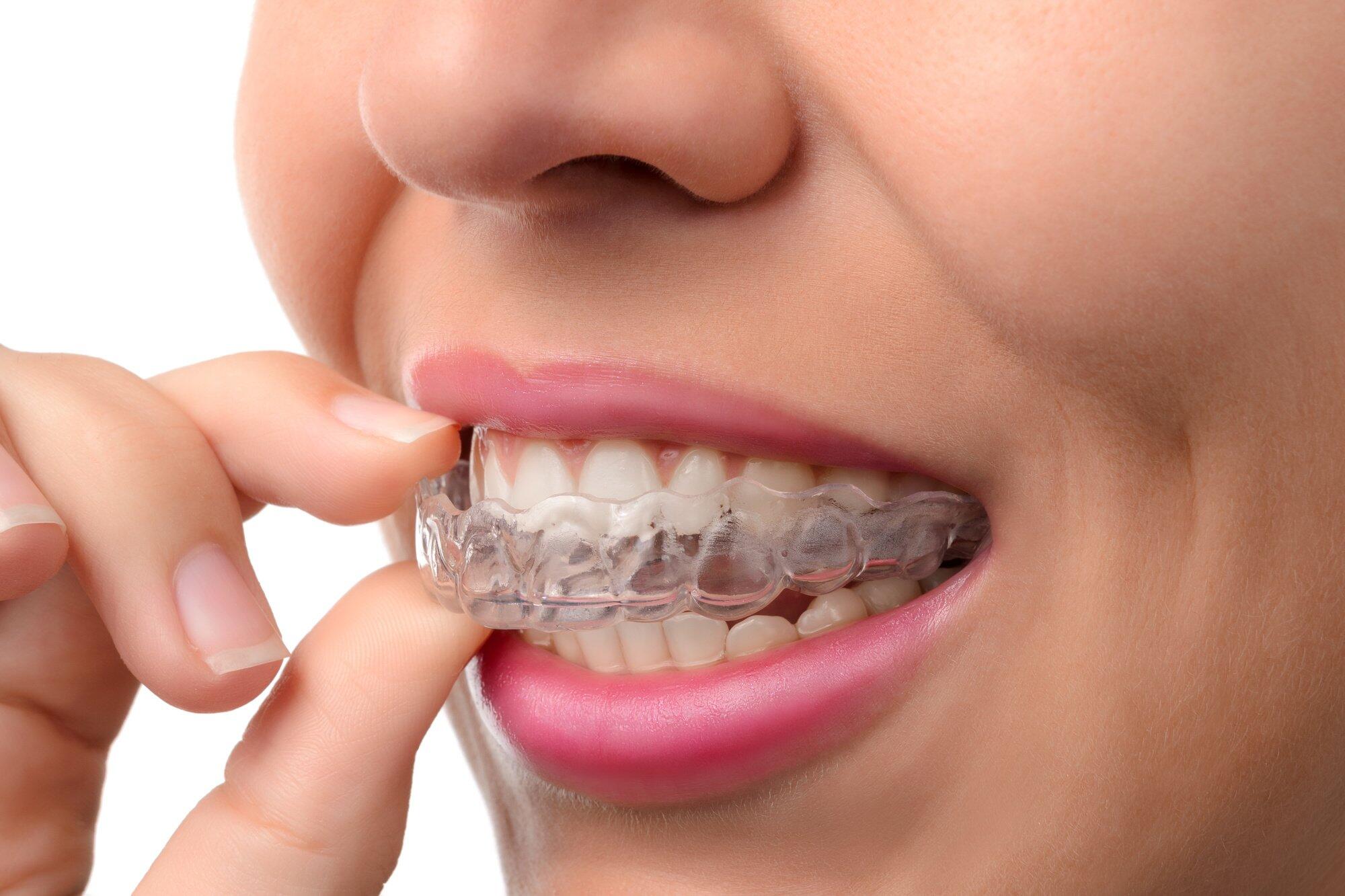The smart Trick of All Star Family Orthodontics That Nobody is Discussing
Wiki Article
A Biased View of All Star Family Orthodontics
Table of ContentsTop Guidelines Of All Star Family OrthodonticsAll About All Star Family OrthodonticsThe Main Principles Of All Star Family Orthodontics A Biased View of All Star Family OrthodonticsThe smart Trick of All Star Family Orthodontics That Nobody is Talking About

In addition, we provide adjustable therapy timetables, adaptable payment options and a fun, satisfying experience.
An orthodontist is a dental expert trained to identify, avoid, and treat teeth and jaw irregularities. Orthodontists function with individuals of all ages, from kids to adults.
Malocclusion, or misaligned teeth, can bring about oral issues, including tooth decay, periodontal illness, and tough or unpleasant eating. However not everyone is born with straight teeth. If you have a negative bite or huge rooms in between your teeth, you might desire to consult a dentist specializing in orthodontic care.
9 Simple Techniques For All Star Family Orthodontics
(Picture Credit Scores: DigitalVision/Getty Images) Orthodontists use dealt with and removable dental gadgets, like braces, retainers, and bands, to transform the setting of teeth in your mouth. Orthodontic treatment is for dental problems, including: Crooked teethBite troubles, like an overbite or an underbiteCrowded teeth or teeth that are as well much apartJaw misalignmentThe goal of orthodontic therapy is to enhance your bite.While you might think of orthodontists as mainly for youngsters or teenagers that need dental braces, they can fix oral troubles at any age. Orthodontists attend college, oral school, and orthodontic institution.
, yet not all dental professionals are orthodontists. They focus on two areas: How to correctly and safely move teeth Just how to properly guide development in the teeth, jaw, and faceOnce an orthodontist has completed training, they have the option to become board certified.
Some Ideas on All Star Family Orthodontics You Need To Know
Misalignment, or malocclusion, is the most common factor individuals see an orthodontist. It is genetic and is the outcome of dimension differences in between the top and lower jaw or between the jaw and teeth. Malocclusion leads to tooth overcrowding, an irregular jaw, or irregular bite patterns. Malocclusion is typically treated with: Your orthodontist attaches steel, ceramic, or plastic square bonds to your teeth.
If you have just minor malocclusion, you might have the ability to use clear braces, called aligners, instead of traditional dental braces. Some people need a headwear to help move teeth into line with pressure from outside the mouth. After dental braces or aligners, you'll need to use a retainer. A retainer is a personalized device that maintains your teeth in place.

You might need to see an orthodontist if you have: Crowding or otherwise adequate space for all of your teethOverbite, when your upper teeth come by your base teethUnderbite, when your bottom teeth are too far forwardSpacing or problems with gapsCrossbite, which is when your upper teeth fit behind your base teeth when your mouth is closedOpen bite or a vertical space in between your front base and upper teethMisplaced midline, when the center of your base and top teeth don't line up Remedying an oral malocclusion can: Make biting, chewing, and speaking easierImprove the proportion of our face and your total appearanceEase pain from temporomandibular joint conditionsDifferent your teeth and make them easier to clean up, assisting avoid dental caries or tooth cavities It's commonly a dentist who initially notifications misaligned teeth during a regular test.
Some Known Factual Statements About All Star Family Orthodontics
During your first orthodontic appointment, you'll likely have: A dental examPhotos taken of your face and smileDental X-raysPanoramic (360 level) X-rays of your face and headImpressions to produce mold and mildews of your teethThese examinations will aid your orthodontist recognize how to wage your treatment. An orthodontist is a dental expert that's had training to treat your teeth and jaw.Orthodontists are dental professionals but not all dentists are orthodontists. Orthodontists are concentrated on your bite, or the method your teeth fit together, and the straightness of your teeth.

This preliminary consultation involves a visual evaluation of your teeth and bite, X-rays, and potentially even 3D scans. By carefully evaluating these components, the orthodontist can determine any misalignments, crowding, spacing concerns, or jaw inconsistencies. As soon as a clear picture is developed, the orthodontist will certainly talk about customized therapy choices. This discussion will certainly cover the kind of braces or aligners recommended (standard metal braces, clear aligners like Invisalign, etc), the estimated treatment duration, and why not look here any potential challenges or negative effects.
Some Ideas on All Star Family Orthodontics You Should Know
, orthodontists have a varied toolkit at their disposal. These tried-and-true braces make use of a system of braces bonded to the teeth and connected by cords.Clear aligners, like Invisalign, are a preferred choice for individuals seeking a more very discreet treatment alternative. These detachable trays are tailor-made to gradually shift the teeth's placement. Headwear may be made use of along with braces or aligners to use added targeted forces, especially for remedying jaw disparities. In situations of slim jaws, palatal expanders can be utilized to create area for correct tooth placement.
Report this wiki page